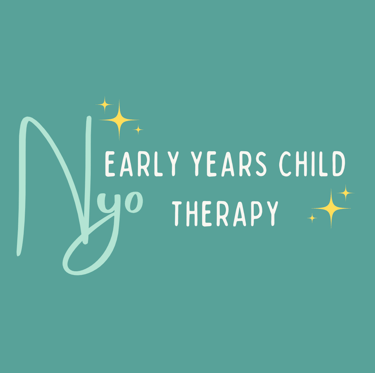Tips for Giving Directions During Transitions with Young Children (Ages 5 & Under)
12 Tips for giving more effective directions to make your transitions and routines smoother with your toddlers & preschoolers.
Priscilla Nyo, LMFT IFECMHS
6/9/20253 min read


Tips for Giving Directions During Transitions with Young Children (Ages 5 & Under)
Transitions are one of the hardest parts of the day with little ones and how we give directions during these moments can make all the difference. Whether it’s leaving the park, getting ready for bed, or heading out the door in the morning, the way we communicate matters.
In this post, we’ll walk through simple, developmentally appropriate tips for giving directions during transitions—so your day can flow a little smoother!
12 Tips for Giving Effective Directions During Transitions
1. Take a Deep Breath for YOU
Transitions can be hard on you, too. Your child may push back, delay, or have big feelings (totally normal!).
The more calm and regulated you are, the smoother the transition will go.
2. Get Their Attention FIRST
Before giving a direction:
Say their name
Tap their shoulder gently
Get into their line of sight
This helps them actually hear you—and reduces frustration for both of you.
3. Use Statements, Not Questions
Avoid turning a non-negotiable into a choice.
Instead of: “Are you ready for your bath?”
Try: “It’s time for your bath.”
This makes your expectations clear and concise.
4. Use “First, Then” Language
This helps your child understand what’s coming next.
Example:
“First we put on our shoes, then we get to go to the park!”
It provides clear, structured expectations and sometimes a little motivation too.
5. Give One Direction at a Time
One-step directions are easier to follow, especially during transitions when attention is already low.
Instead of:
“Put your trucks in the bucket, the blocks over there and don’t forget to grab your books to take to them room!”
Try:
“Time to put your blocks in the bucket.”
6. Use 10 Words or Less
Less is more. When you keep your directions short and simple, your child is more likely to understand and follow through.
7. Pair Words with Gestures
When we use our gestures and body language to also communicate during directions, it can be a game changer!
Especially important & helpful for kids under 3 years old!
Example:
“It’s time for shoes” (while pointing to the shoes or giving them their shoes)
“Let’s go outside” (while standing up & walking toward the door)
Young kids rely on visual cues, not just our words giving verbal directions.
8. Don’t Fall Into the Trap of Repeating Yourself
If you’ve said it three times, you’ve probably said it too many.
Repeating over and over teaches kids they don’t need to listen right away. Instead, try a visual cue, physical proximity, or a gentle touch.
9. Have Developmentally Appropriate Expectations
Even with all the right strategies, your child won’t follow directions 100% of the time. And that’s totally normal.
Here’s what’s typical:
Toddlers: ~50–60% consistency
Preschoolers: ~70–85% consistency
Your child is learning—not refusing to listen out of defiance.
10. Notice and Celebrate the Follow-Through
When your child does follow directions—acknowledge it!
Example:
“Thank you for getting your shoes on. Now we can go to the park!”
Positive reinforcement makes it more likely they’ll do it again next time.
11. Be Specific
Clear directions help avoid confusion.
Instead of: “Put your shoes away.”
Try: “Please, go put your shoes on the shelf by the door.”
12. Count to 5 Before Repeating
After you give a direction, pause and count to five in your head.
Kids need time to process—and jumping in too quickly can interrupt their process to follow through. If we move too quickly, it is less likely they will listen.
Final Thoughts
Giving directions during transitions can feel exhausting—but you’re not alone. With small adjustments, repetition and lots of grace - transition will get easier and easier with your little ones.
Live in California and interested in services for your family?
Click here to learn more about supportive therapy services with Priscilla!
Download a Handout Version of the Tips Here:
Nyo Therapy: Early Years Child Therapy
Providing child play therapy, parent child therapy, in-home play therapy and parent supports to families in San Diego, CA. Priscilla Nyo (Tebelman), LMFT specializes in infant family and early childhood mental health services. Priscilla offers support in home, in office and via telehealth.
Contact Priscilla
priscilla@nyotherapy.com
619-289-8093
© 2025. All rights reserved.
